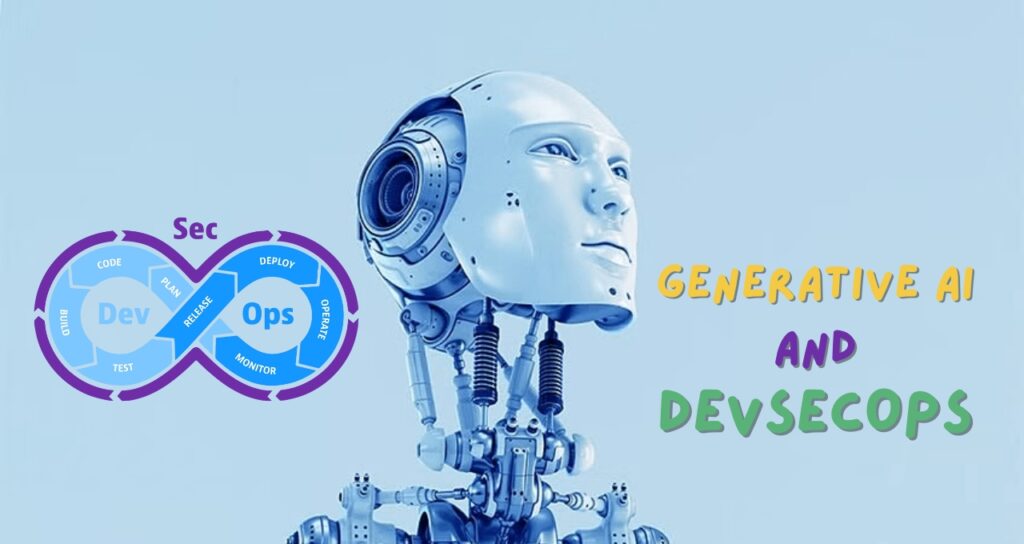What is Generative AI?
Generative AI refers to advanced machine learning models capable of creating new content, including text, code, images, and more. Popular examples include ChatGPT and other large language models (LLMs), along with image generation tools like DALL-E and Stable Diffusion.
How Generative AI Transforms DevSecOps
- Code Generation and Review: Generative AI can produce code snippets or basic functional components based on instructions. It can also analyze existing code for vulnerabilities, offering suggestions and potential fixes. This streamlines development and strengthens security posture.
- Vulnerability Identification: Generative AI models can be trained on massive datasets of known vulnerabilities and coding patterns. This lets them spot potential security risks in codebases more effectively and flag them for human review.
- Security Policy and Documentation Generation: Creating comprehensive security policies and documentation can be time-consuming. Generative AI can assist with outlining policies, generating summaries, and keeping documentation aligned with coding practices.
- Threat Modeling : Generative models can analyze code and system architecture, suggesting potential attack vectors and simulating scenarios. This aids in proactive threat mitigation.
- Incident Response: During a security incident, generative AI can summarize logs, identify anomalies, and suggest remediation steps, assisting security teams in swift resolution.
Examples of Generative AI in DevSecOps
- Using LLMs to help write and refactor secure code
- Training generative models to flag vulnerabilities within code repositories
- Employing AI for policy creation and compliance documentation
- Leveraging AI for more realistic simulations and threat modeling scenarios
Challenges and Considerations
- Potential for Bias: Generative AI models are trained on massive amounts of data, which may contain biases that could perpetuate security issues or discriminatory practices.
- Overreliance: It’s essential to have human experts review AI-generated output, as models may introduce errors or make incorrect assumptions.
- Data Quality: Model effectiveness depends on the quality and relevance of the training data.
- Evolving Threats: Generative AI must continuously learn to keep up with the ever-changing threat landscape.
Best Practices
- Human-in-the-Loop: Always maintain human oversight and validation within the decision-making process.
- Explainability: Prioritize models that can explain their reasoning, fostering trust and understanding.
- Training Data Bias: Be mindful of potential biases in the data, actively working to mitigate them.
- Ethical Considerations: Establish guidelines for responsible usage, emphasizing security and fairness.
The Future
Integrating generative AI into DevSecOps promises greater efficiency, enhanced security, and reduced risk. As the technology matures, expect more seamless collaboration between AI and human security professionals to build robust software systems.



